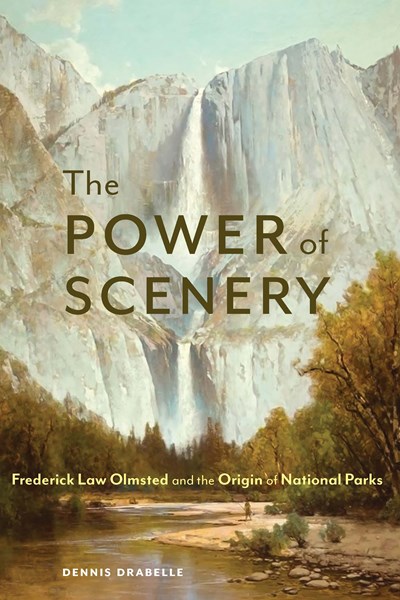2018 School Spending Survey Report
The Power of Scenery: Frederick Law Olmsted and the Origin of National Parks
COPY ISBN
VERDICT A book for lay readers curious about how natural wonders became manmade attractions.
RELATED
ALREADY A SUBSCRIBER? LOG IN
We are currently offering this content for free. Sign up now to activate your personal profile, where you can save articles for future viewing




Comment Policy:
Comment should not be empty !!!